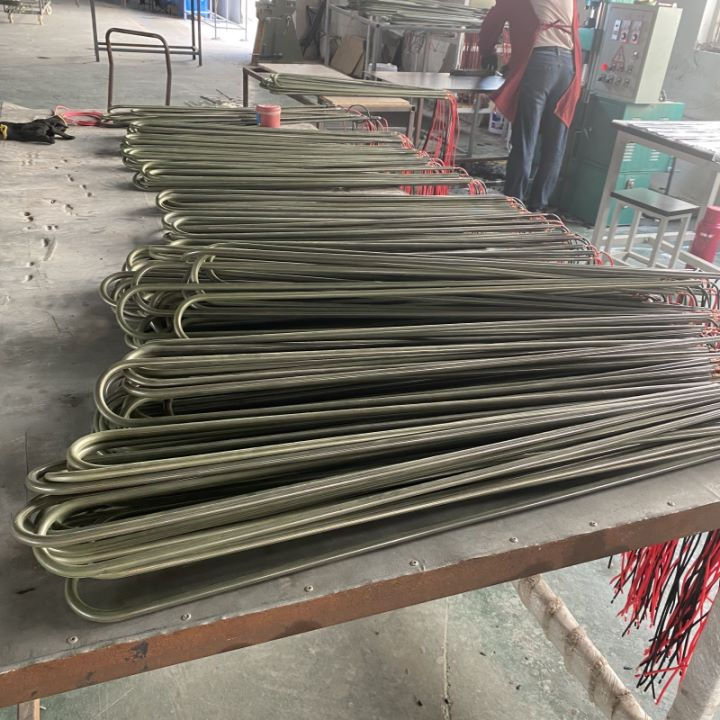In the operation of cold storage, frosting is a common problem that leads to the formation of a thick frost layer on the evaporator surface, which increases the thermal resistance and hinders heat conduction, thereby reducing the refrigeration effect. Therefore, regular defrosting is crucial.
Here are some methods for defrosting:
1. Manual defrosting
Use a broom or special tools such as crescent-shaped frost shovels to remove the frost from the evaporator pipes. This method is suitable for smooth drainage evaporators in small cold storage rooms, and is simple to operate without increasing the complexity of the equipment. However, the labor intensity is high, and the removal of frost may not be uniform and thorough. When cleaning, avoid hitting the evaporator hard to prevent damage. To improve cleaning effectiveness, it is recommended to clean when the frost is half-melted at a higher room temperature, but this will affect the room temperature and food quality, so it is suggested to do it when there is less food in the storage room.
2. Refrigerant Thermal Melt
This method is suitable for all types of evaporators. By introducing the high-temperature refrigerant gas discharged from the refrigeration compressor into the evaporator, the overheated steam heat is used to melt the frost layer. The defrosting effect is good, the time is short, and the labor intensity is low, but the system is complex and the operation is complicated, and the temperature in the warehouse changes greatly. Thermal defrosting should be carried out when there is no goods or fewer goods in the warehouse to avoid difficulties in moving and covering.
3. Water blast defrosting
Water blast defrosting involves spraying water on the outer surface of the evaporator using an irrigation device, causing the frost layer to melt and be washed away by the heat of the water. It is suitable for defrosting the cold air blower in direct refrigeration systems. Water blast defrosting has good effect, short time and simple operation, but it can only remove the frost layer on the outer surface of the evaporator and cannot remove the oil sludge in the pipe. Moreover, it consumes a large amount of water. It is suitable for cold air blowers with drainage pipes.
4. Combining the heat defrosting of refrigerant gas with water defrosting
Combining the advantages of refrigerant heat defrosting and water defrosting can quickly and efficiently remove frost and remove accumulated oil. It is suitable for large and medium-sized cold storage equipment defrosting.
5. Electric heat defrosting
In small Freon refrigeration systems, defrosting is done by electric heating. It is simple and convenient to operate, easy to achieve automation control, but it consumes a lot of electricity and causes large temperature fluctuations in the cold storage, so it is usually only used in very small refrigeration systems.
The control of defrosting time is also critical, and it should be adjusted according to the quantity and quality of goods to adjust the defrosting frequency, time, and stop temperature. Rational defrosting can ensure the efficiency of the cold storage.
Post time: Oct-23-2024





